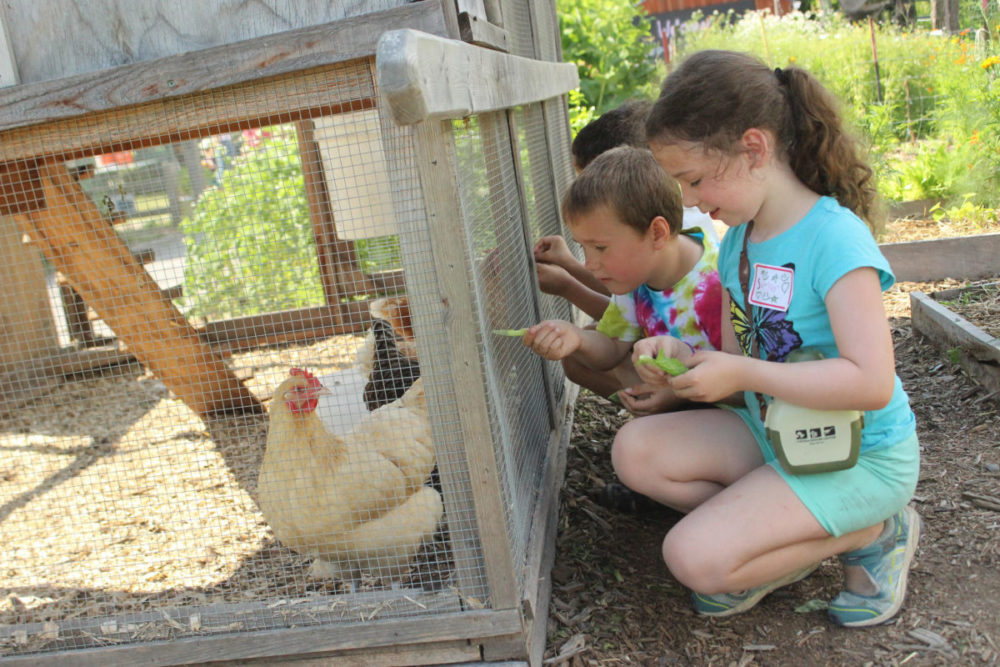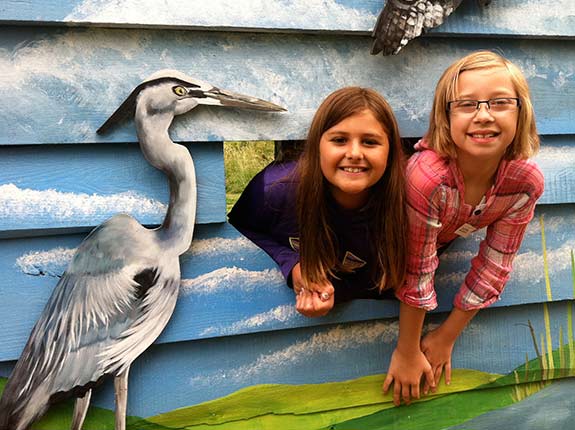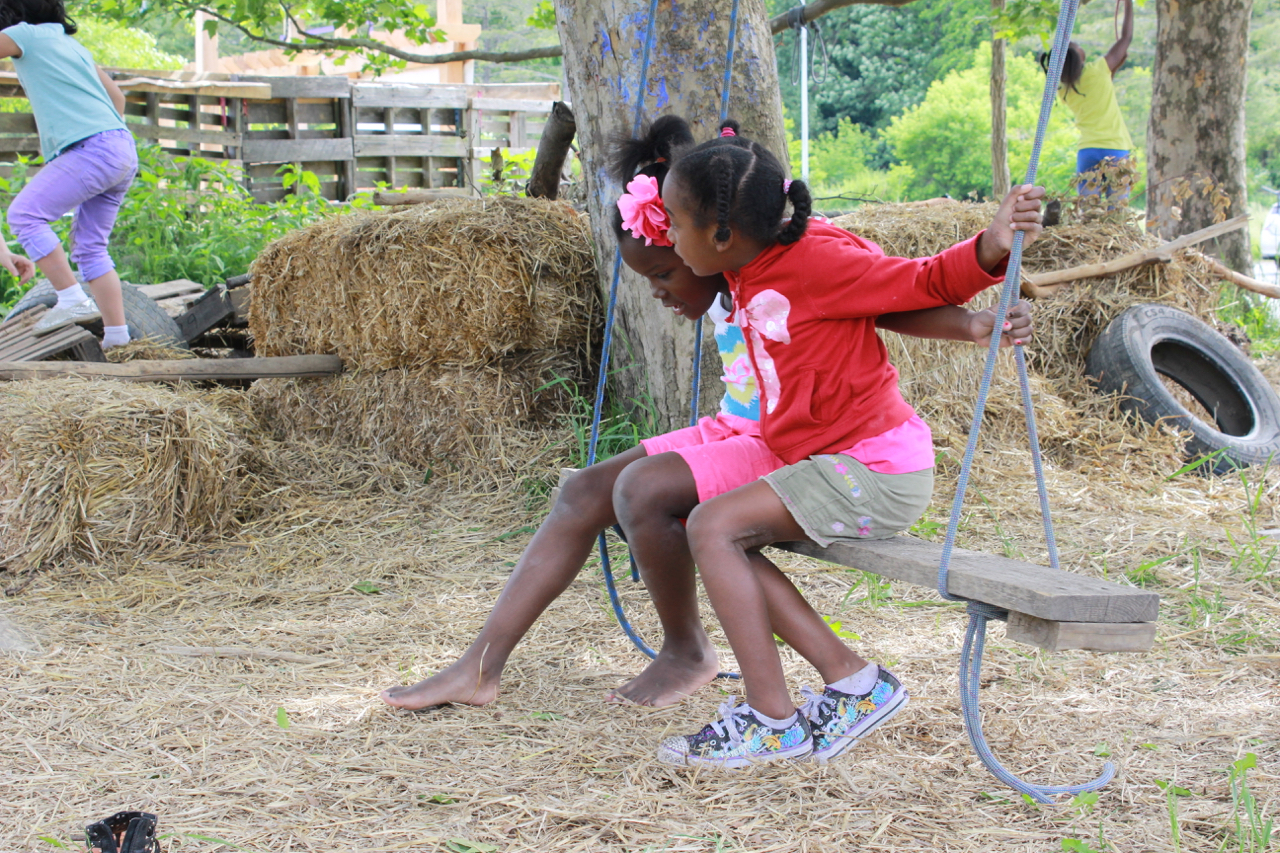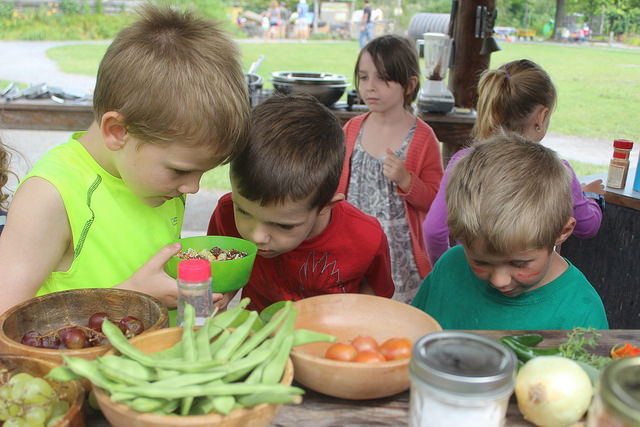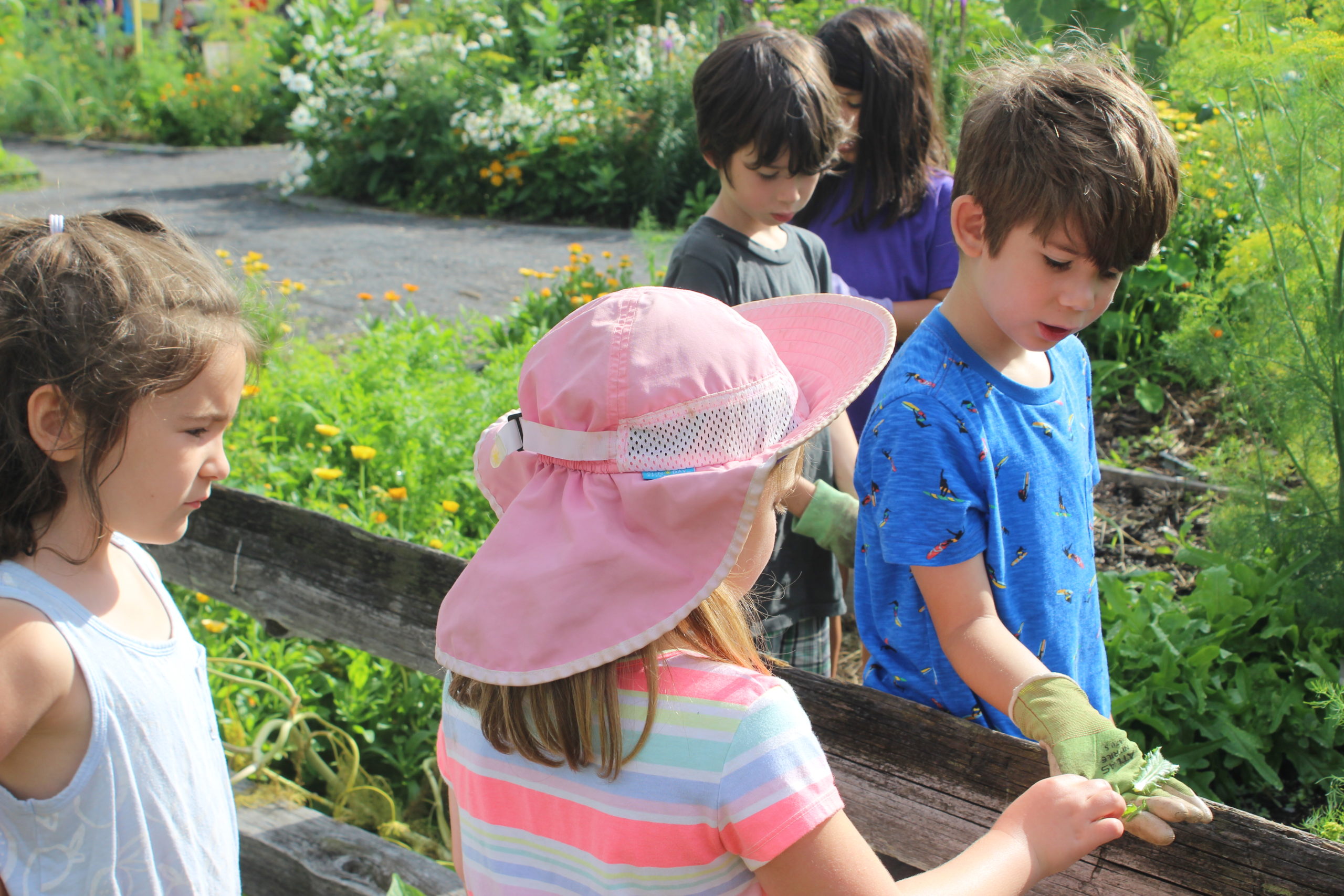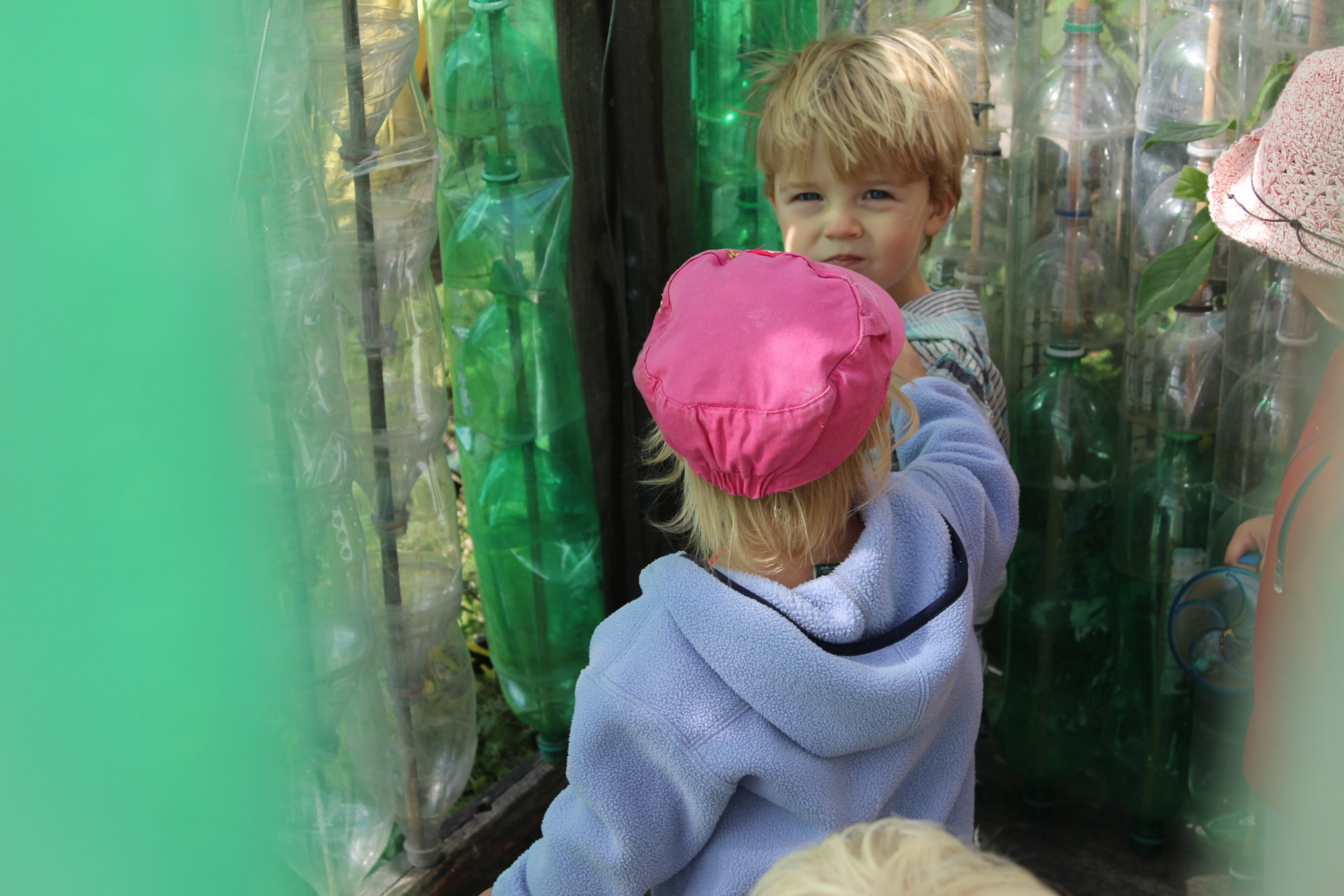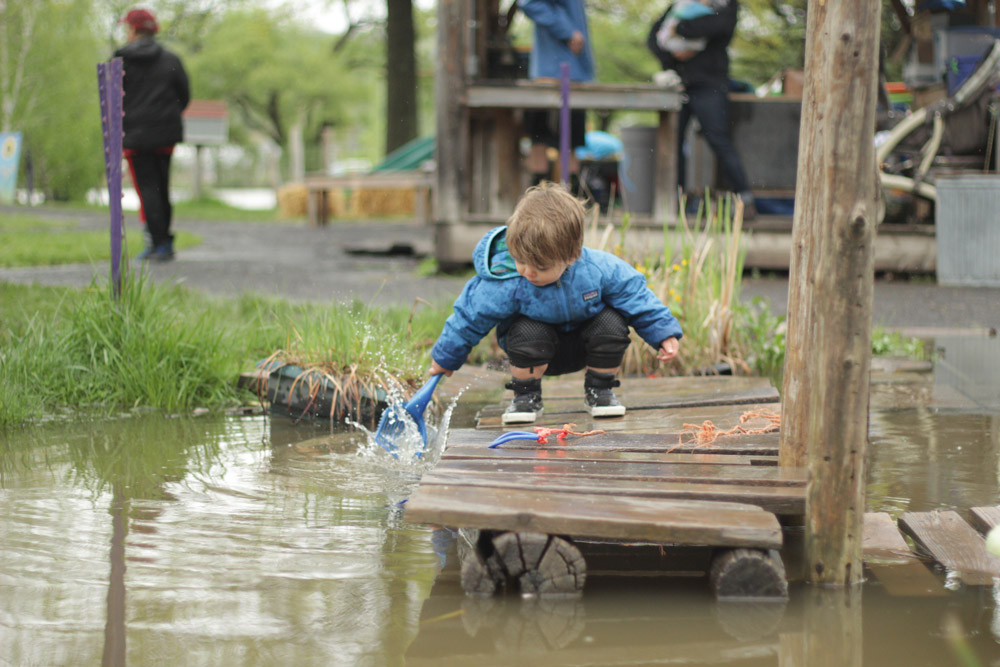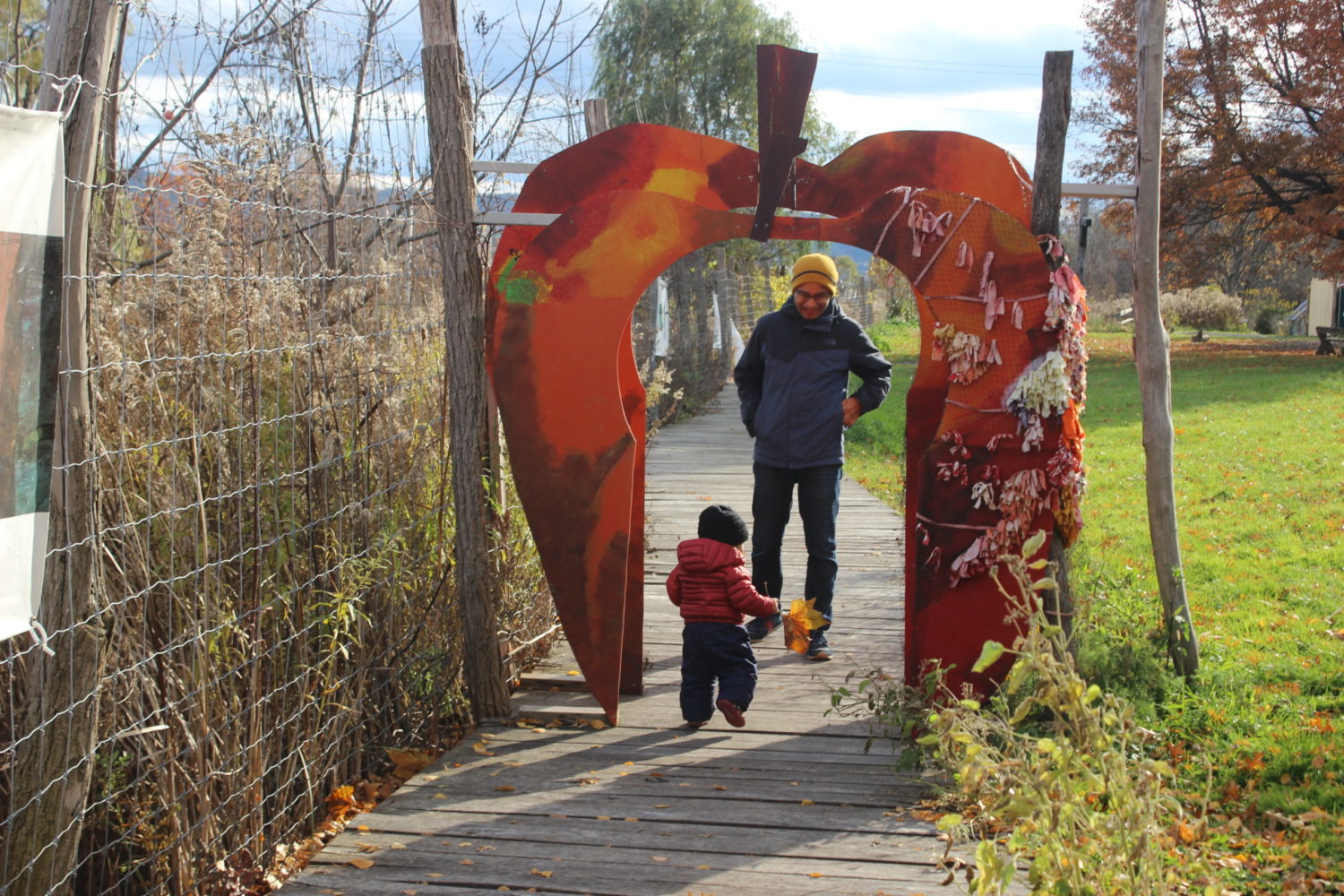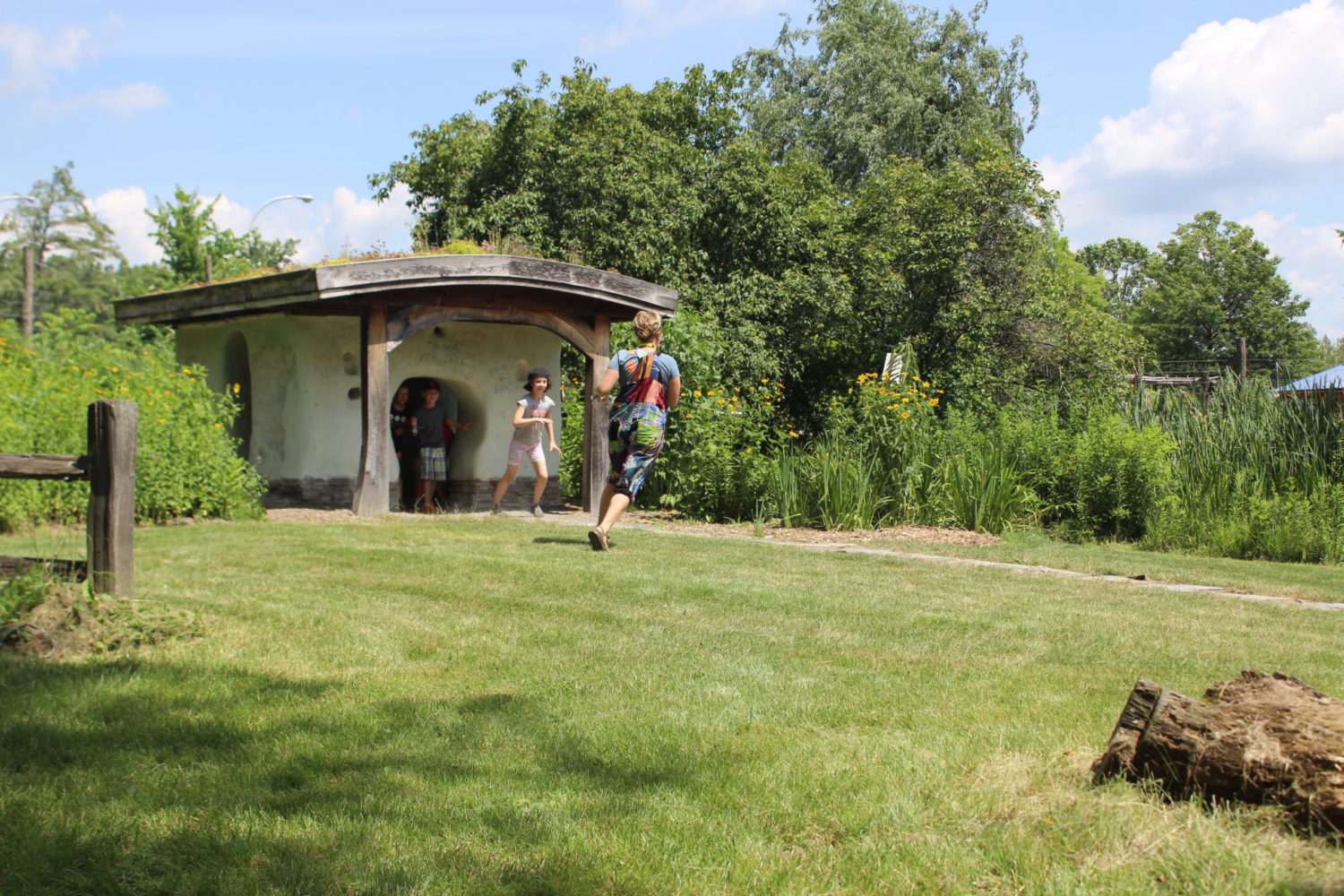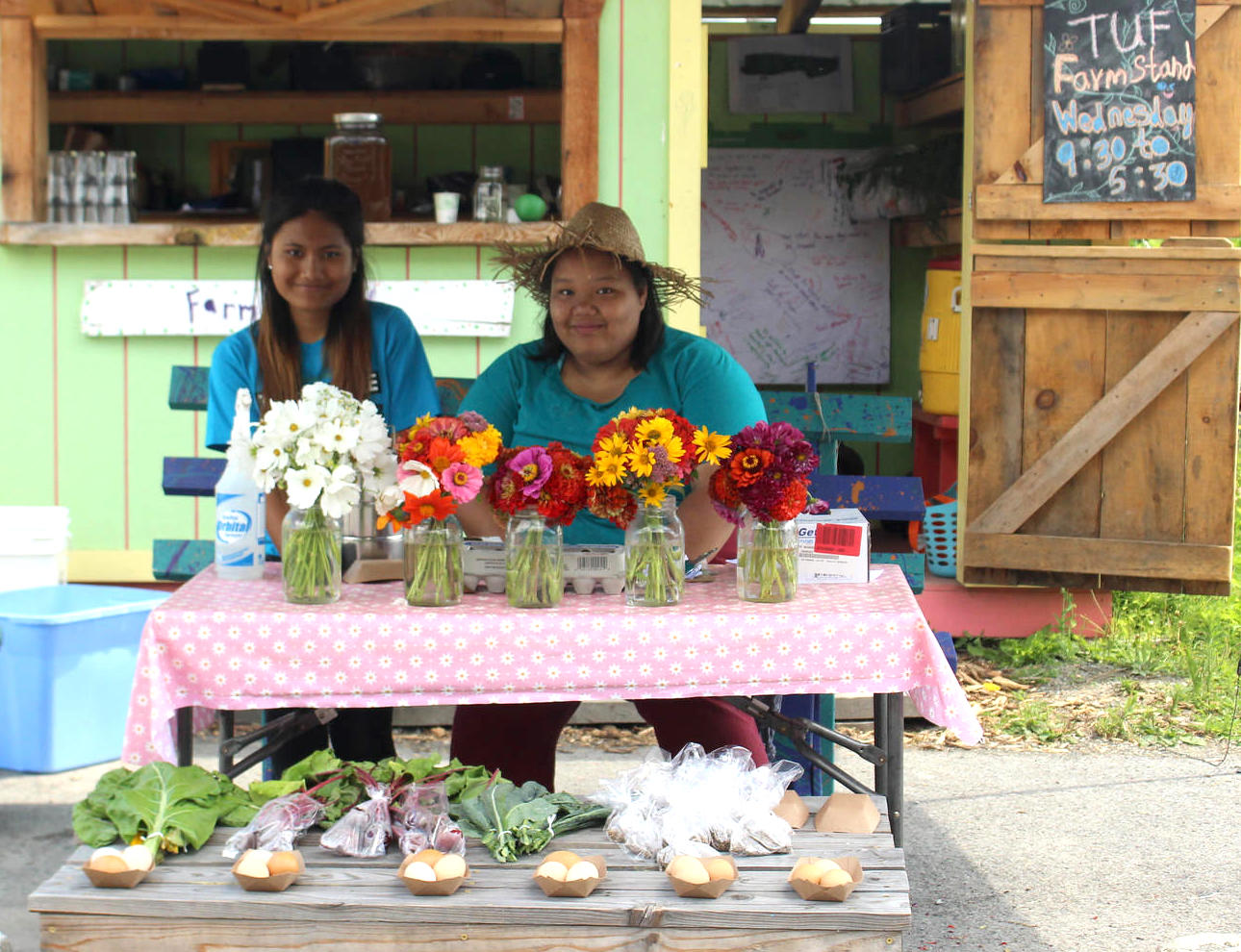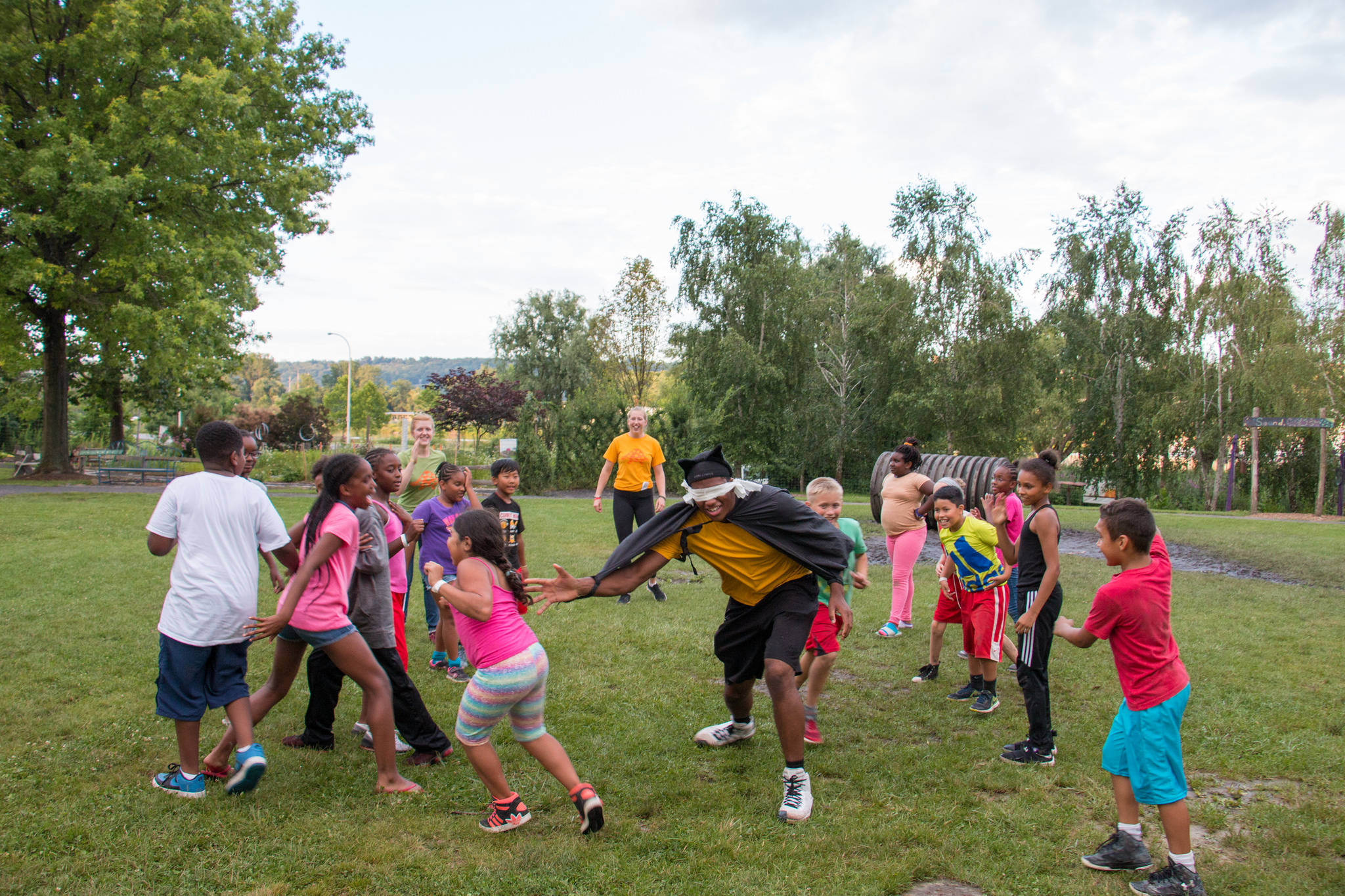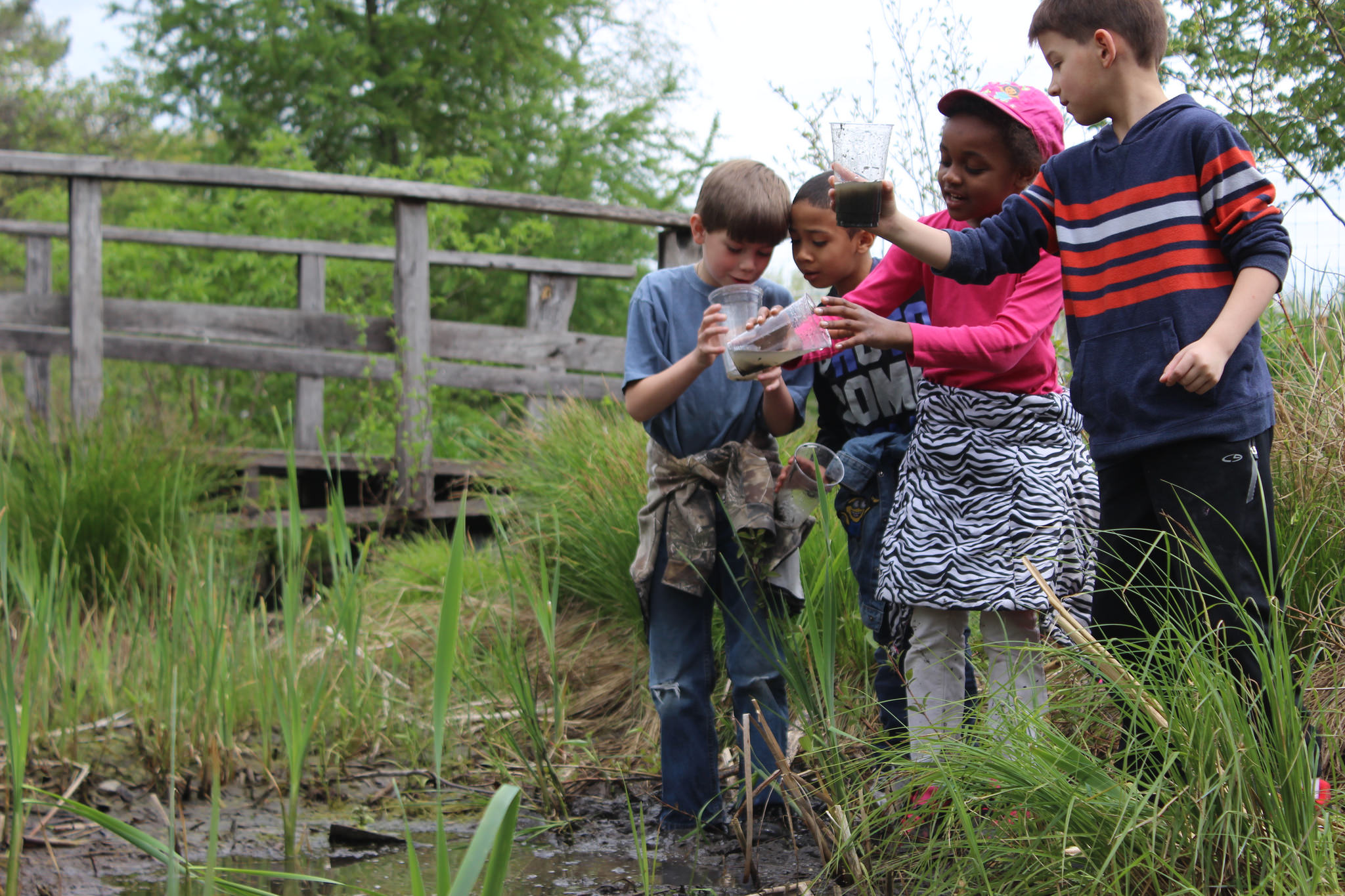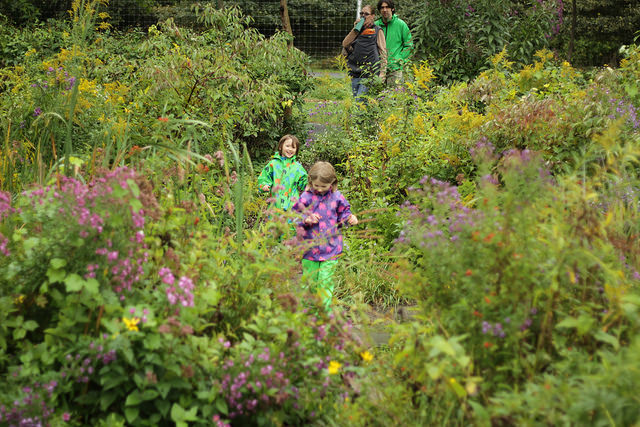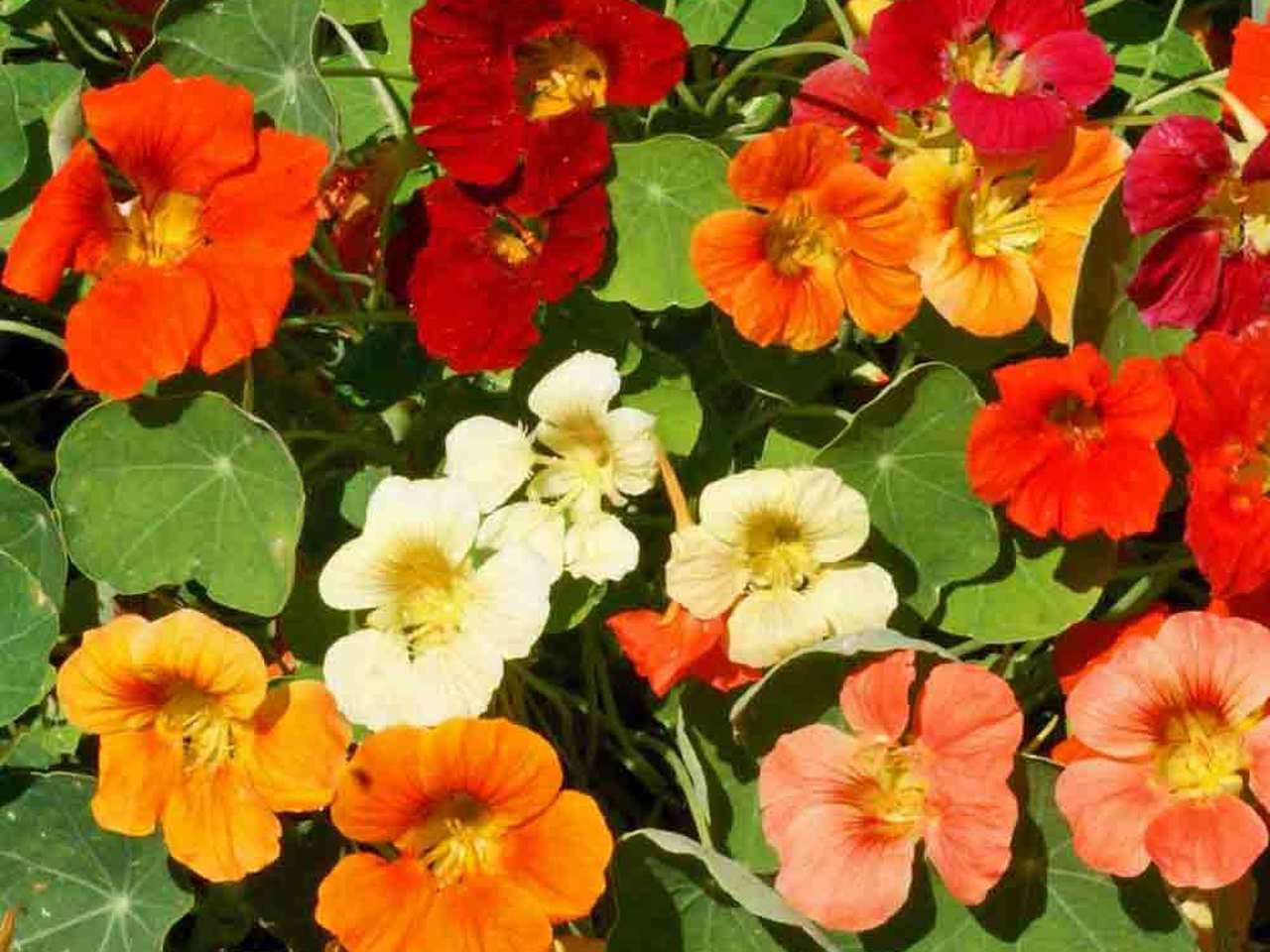Nutrition SuperHeroes
Your plants may not be able to fly, they don’t even wear capes, but they pack a powerful punch when it comes to keeping your body healthy and strong.
Let’s get to know the superheroes living in your container garden:

Basil
It smells good, it tastes good, it has beautiful green leaves and just 2 tablespoons of it gives you 27% of the vitamin K you need each day. Vitamin K helps your blood to clot when you get a cut or a scrap. Basil is also delivering a dose of vitamin A and magnesium. Vitamin A helps your vision keeping your eyes healthy while magnesium keeps your bones strong and your heart rhythm steady.
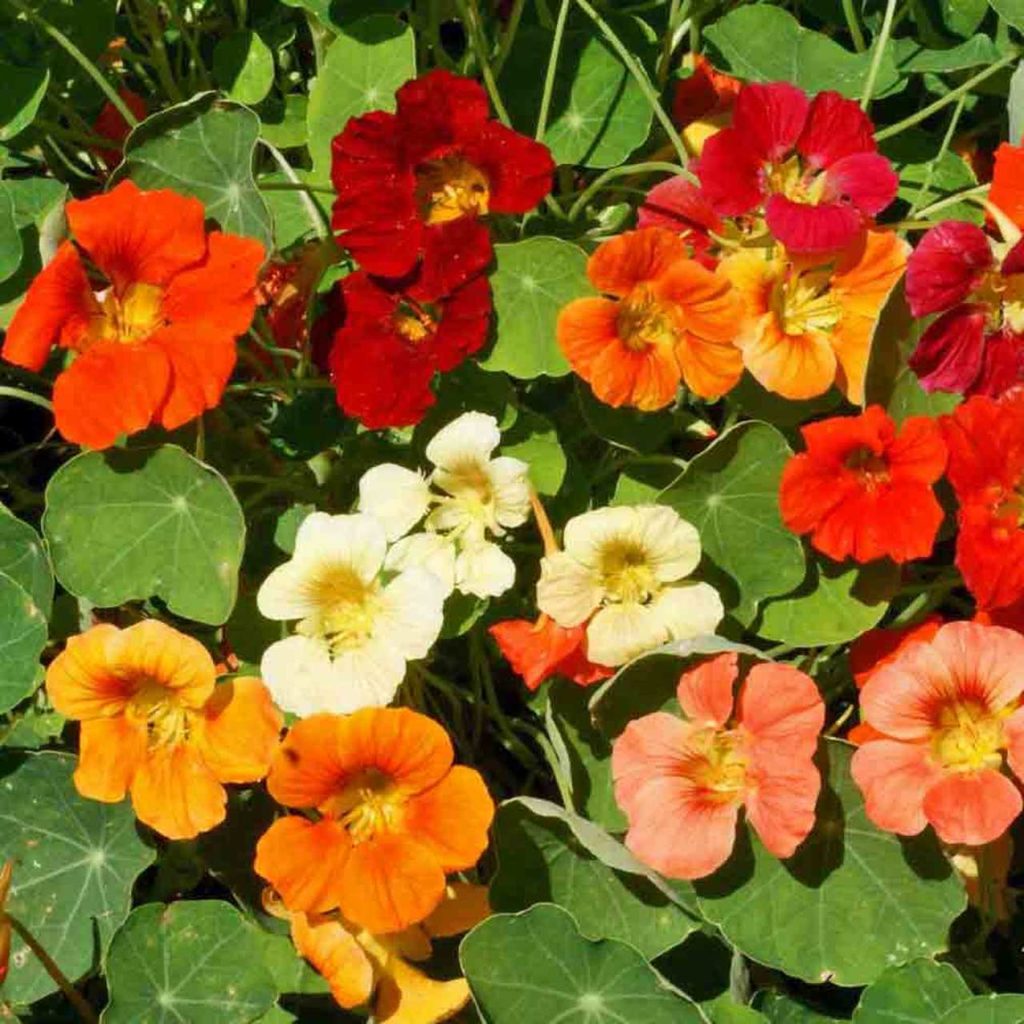
Nasturtium
Nasturtium is an all around superhero. It adds beauty to your container garden, it keeps the bad bugs from eating your plants, AND you can eat it! On top of all of that it’s loaded with vitamin C.
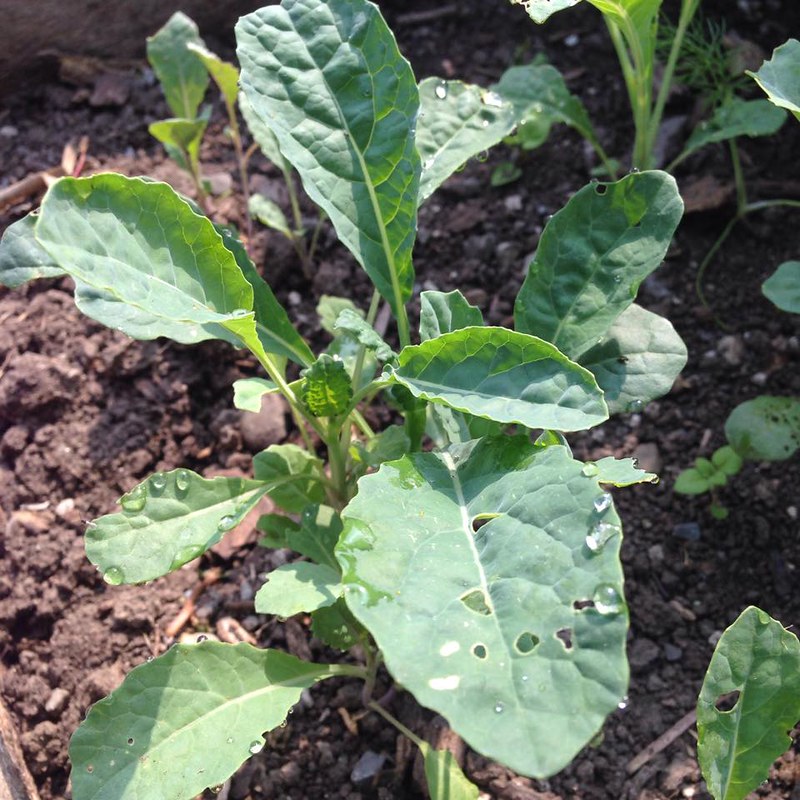
Kale
Kale is the captain of your container garden. It’s one of the most nutrient dense foods on earth! Eat just 1 cup of kale and you’re getting: All the vitamin A, K, and C your body needs for the whole day, plus a bunch extra.
It’s also sending a quarter of the manganese you need every day straight into your body with a sprinkling of calcium, copper, B vitamins, potassium, and magnesium too. It also has protein.
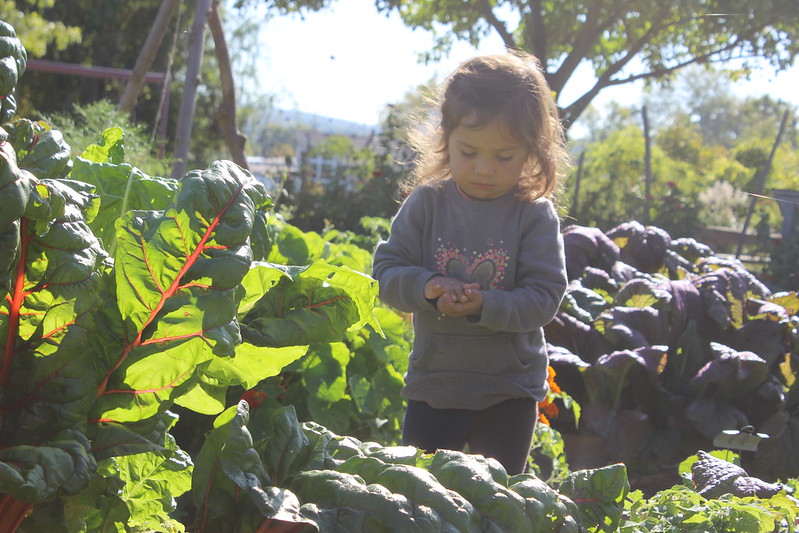
Swiss Chard
If kale is the captain, swiss chard isn’t far behind. It brings many of the same super nutrients into your body like vitamin K, A, C, magnesium, copper, manganese, iron and potassium.
Game Overview
Nutrition Superheroes is a game that gets young people on their feet and moving to learn about nutrition in the garden. Each participant assumes a Nutrient Super Hero “secret identity” such as calcium or Vitamin C and must complete the obstacle course if a vegetable their nutrient (secret identity) is found in is called. Download the pdf of the game below or follow along here!
Materials
- 12-15 wooden stakes (outside) or a roll of masking tape (inside)
- hula hoops, 5 gallon buckets, dish pans, garden gloves, jump ropes, etc. – anything you can find to create reasonable obstacles
- vegetable cards & nutrient tags
- hat or basket for vegetable cards
- super hero capes (optional)
Preparation
- Create Nutrient Tags & Veggie Tags: Use the templates provided or develop your own. You’ll need a nutrient tag for each participant. Choose vegetable cards that reflect the vegetables you grow in your garden or vegetables that participants have mentioned as their favorites.
- Set up the Obstacle Course: If you’re working outside, use wooden stakes to create an outline of the human body in the level open area. Lay a garden glove at the end of each arm. Alternatively, you can use athletic field pant. Chalk the outline if the only open space is paved. If you’re working inside, use masking tape on the floor of a hallway or gym. Add any obstacles you can think of such as buckets, hula hoops, create squiggly lines with jump ropes. Use obstacles to create major parts of the body: muscles in arms and legs can be buckets. The heart and stomach can be hula hoops. Use jump ropes to create arteries or intestines. Smaller dishpans can be other major organs.
Rules of the Game
The group leader will choose a vegetable out of a hat, read the name of the veggie and the nutrients (i.e. secret identities/super powers) that vegetable has. If your secret nutrient identity is among those listed for that vegetable you enter the obstacle course through the head, making sure to hit all the obstacles (i.e. all the parts of the body) before exiting through a foot.
Super heroes must keep their identities secret. Ask youth to keep track of how many times they run through the body. Also encourage them to pay attention to when the body is most full of super heroes. In a discussion at the end of the game you can ask questions that reveal what nutrients are the most readily available in foods and which are harder to get. By noticing when the body is very full versus very empty you can judge how nutrient rich a vegetable is.
Playing the Game
- Hand out secret identity nutrient rags, and capes if desired, to each participant.
- Explain the rules of the game and demonstrate running through the course to reach each obstacle.
- Pull veggie cards out of a hat or basket one at a time.
- Read the name of the veggie and the list of nutrients.
- Wait until app super heroes are back at the head before reading the next vegetable card.
- After all the veggie cards are read, have the group gather. It’s time to reveal secret identities. Have each participant read the description of their nutrient “fights infections; heals bones/wounds,” and see if other participants can guess what nutrient they were.
- Ask who ran through the course a lot, who only once or twice. What does that mean about your nutrient? Are you easy to find in foods?
- What about how full the body was? What veggies had the most super heroes in the body? Which the least? What does that mean about how nutritious certain veggies are compared to others?
- You can follow the activity with sampling veggies from the garden or from those used in the game.
Adapting the game for younger children
When working with younger youth (pre-K, K, 1st and even 2nd grade) consider making the super hero identities the vegetables rather than the nutrients. Each youth assumes the role of “Captain Carrot” or “Powerful Peas.” When the leader draws out of the hat, they call the nutrient (Calcium), defines it (helps build strong bones) and then lists all the veggies (super heroes) that contain these nutrients.


